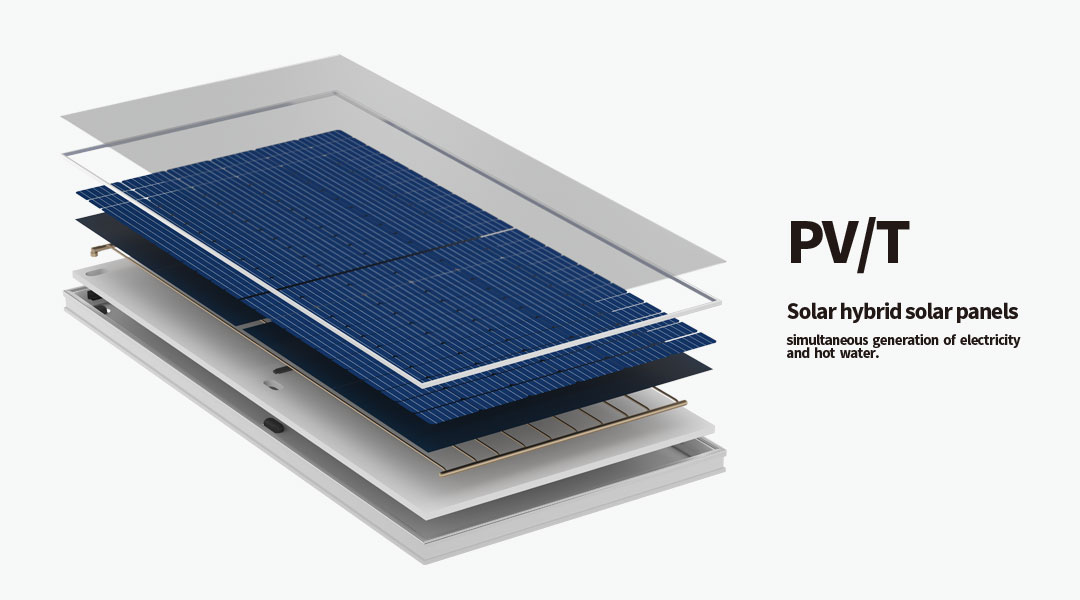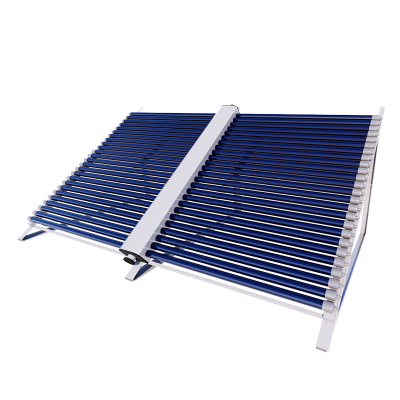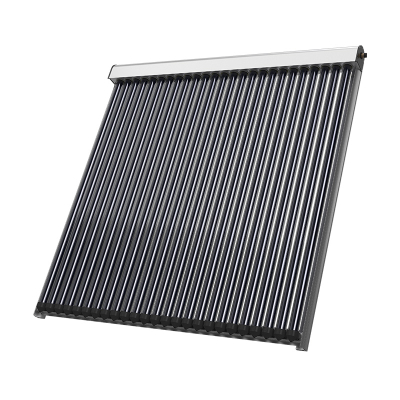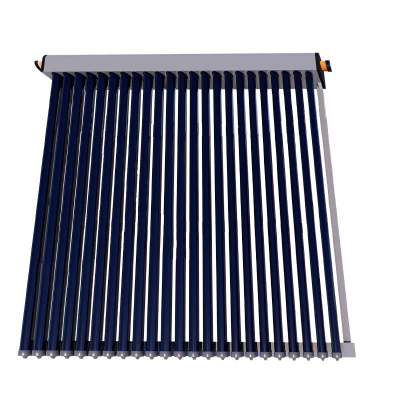PVT Thermoelectric Twinning: Unlocking a New Era of Efficient Solar Energy Utilization
In the global wave of exploring clean energy, solar energy holds immense potential. However, traditional photovoltaic (PV) panels have a significant drawback: their photoelectric conversion efficiency is only 15%-20%, with most of the remaining energy wasted as heat. Moreover, high temperatures further reduce power generation efficiency (a 0.4%-0.5% drop for every 1℃ increase). The emergence of PVT (Photovoltaic/Thermal) thermoelectric twinning technology offers an innovative solution to this problem.
What is PVT Thermoelectric Twinning Technology?
PVT, short for photovoltaic-thermal integrated technology, achieves the dual functions of "power generation + heat production" in a single module through thermoelectric coupling. It recovers wasted thermal energy, boasting an overall energy utilization rate of 80%—four times that of traditional PV panels.
Its principle is straightforward: the module consists of a PV (photovoltaic cell) module and a T (heat exchange) module. When sunlight irradiates the module, the PV module converts part of the solar energy into electricity. Meanwhile, the T module—equipped with metal pipes (circulating water, air, or other heat transfer media inside) beneath the PV module—absorbs excess heat from the PV module. This not only lowers the PV panel temperature by 10-20℃ (increasing power generation efficiency by 5%-15%) but also collects heat for practical use, realizing "double utilization of one sunlight input".
Advantages of PVT Thermoelectric Twinning Technology
Doubled Efficiency
The T and PV modules complement each other: sunlight not converted into electricity by the PV module can be turned into heat via the T module. This raises the total solar energy utilization rate from 15%-20% (traditional PV) to 60%-80%.
Space Saving
In traditional setups, PV panels and solar water heaters require separate space. PVT integrates both functions, enabling "electricity + heat" dual output in the same area. It is particularly suitable for space-constrained scenarios such as residential rooftops and industrial/commercial factory rooftops.
Lower Costs
For installation: PVT integrated modules require only one construction phase, reducing costs by 15%-25% compared to separate installations (eliminating duplicate labor and auxiliary materials like brackets and pipelines). For maintenance: fewer modules mean less inspection and repair work. In terms of returns: besides power generation benefits (selling electricity or saving electricity bills), it also cuts hot water costs (gas, electricity fees). Long-term comprehensive returns are 20%-30% higher than traditional solutions. Additionally, stable temperatures extend PV cell lifespan (25-30 years) with lower failure risks.
Environmental Friendliness & Low Carbon Footprint
It produces zero carbon emissions during operation, providing renewable electricity and heat for buildings and industries, which aligns with low-carbon development goals.
SOLETKS: A Leader in the PVT Field
As a technology enterprise focusing on flat-panel solar energy systems, SOLETKS stands out in the PVT sector with its advantages in technology, products, and industrial chain.
Leading Core Technology
SOLETKS is one of the few enterprises in the industry mastering the production of both blue-film and black-film core heat-absorbing coatings. Its independently developed PVT thermoelectric twinning system integrates solar thermal and power technologies. Take the T/PV Pro as an example: by collecting associated heat from photoelectric conversion, it maintains the module temperature within the optimal range of 25-45℃. This increases power generation by over 10% throughout the battery's lifecycle while capturing heat equivalent to more than twice the electrical power. Integrating "light, electricity, heat, and storage", it is suitable for scenarios such as clean power supply, hot water provision, and heating.
Diverse Product Range
It offers a full range of PVT products, including direct expansion type, dense arrangement type, E-type, and T-type, catering to different needs across scenarios: residential (electricity + domestic hot water), industrial/commercial (equipment power + workshop heating/industrial heat use), and agricultural (greenhouse power supply + heat preservation).
Outstanding Product Performance
The T/PV Pro adopts one-time lamination molding and is filled with 99.99% inert gas for excellent thermal insulation. It features a module thermal efficiency >60%, a maximum comprehensive instantaneous efficiency of electricity + heat up to 88%, and a solar spectrum capture efficiency exceeding 80%. Having passed PID, salt spray, and ammonia tests, it has won the "Geothermal + Excellent Brand · Product Award".
Complete Industrial Chain & Strong R&D Capabilities
SOLETKS has built a complete industrial chain: "core materials (Jinnai'er New Materials) - core components (Feitian New Energy) - system integration (SOLETKS Technology) - construction (Tibet SOLETKS) - operation (Shenggao Thermal Energy)", ensuring stable quality and services. Its R&D strength is robust: with 7 R&D departments, 1 research institute, 1 academician workstation, etc., R&D personnel account for 16% of the total (50% with over 20 years of industry experience). It has also collaborated with 7 R&D institutions including the Chinese Academy of Sciences and Tsinghua University, obtaining 117 patents and technical solutions to drive continuous product innovation.
PVT thermoelectric twinning technology opens a new path for efficient solar energy utilization. With its multi-dimensional advantages, SOLETKS is leading the industry's development and injecting impetus into the popularization of clean energy and sustainable development.





